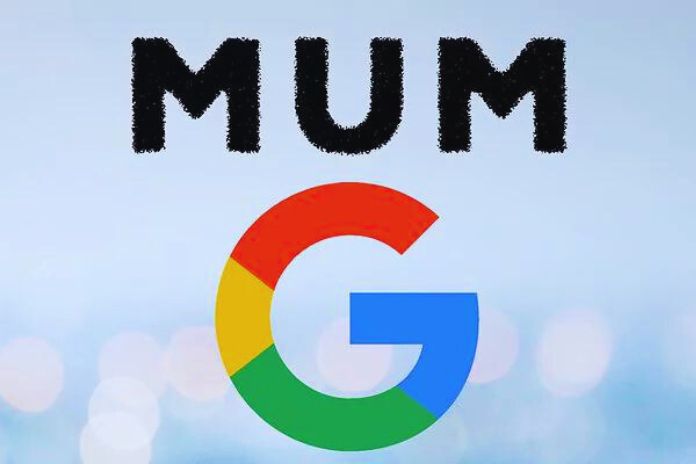The last major update in terms of semantics was in 2019 – with the Google BERT update, Google wants to improve its understanding of complex long-tail search queries and display more relevant results. Now Google has announced its successor: MUM – Multitask Unified Model. In this article, you can find out what the update should look like and what added value it brings.
Google is constantly working to make its search engine more efficient and user-friendly. Google sees that several search queries sometimes have to be made before users receive the desired answer as a challenge that urgently needs to be overcome. Even if Google can already help with many topics, well-considered searches are sometimes required here until the desired answer is found. In a conversation with a relevant expert, a single question is sufficient to get the right answer immediately. That drives Google.
Many Google users complete countless daily tasks that require multiple steps with Google. Google found that people make an average of eight searches for complex tasks. Today’s search engines must be more mature to respond like an expert. But with the new Multitask Unified Model (MUM) technology, Google is getting closer to that goal. Users should need fewer searches in the future thanks to the next advances in complex tasks:
- Understanding the context of search queries: MUM uses the T5 text-to-text framework, is 1,000 times more powerful than BERT, and can potentially transform how people are served. The innovation’s aim should be to understand the context of search queries better. In addition to the usual search results, more in-depth knowledge of relevant sub-topics or other helpful articles, images and videos are also available.
- Eliminating language barriers: MUM not only understands language, but it also generates it. It has been trained for 75 different languages and many different tasks simultaneously. This results in a more comprehensive understanding of information and world knowledge than previous models. Transferring knowledge across languages makes information available in the language sought, even if the information source is written in a different language.
- Understanding information across different formats: It is also multimodal, meaning it can understand information from different formats, such as text and images, at the same time, and plans to expand to other formats, such as video and audio, in the future.
- Responsible Use of Advanced AI: MUM-powered features and enhancements will be added to Google’s products over the coming months and years. Above all, Google emphasizes the responsible use of artificial intelligence to help make information even more accessible. Google is still in its infancy in exploring MUM, but this is an important milestone on the way to a future where Google can increasingly provide more relevant and helpful results.
Google Makes The Following Example Of How The Update Works
Imagine you have hiked Mount Adams and want to climb Mount Fuji next fall. You want to know how you can prepare for it. Today, Google could as of now assist with that, yet it would require a great deal of all-around considered look: you would need to look for the height of every mountain, the typical temperature in harvest time, the trouble of the paths, the right gear and considerably more. Solely after a progression of searches, would you find the ideal solution/s?
MUM could understand that you are comparing two mountains and information about the height and the path might be relevant to you. It might also understand that hiking involves “preparation,” meaning things like fitness and finding the right gear. Since MUM can provide insights based on its vast knowledge of the world, it could indicate that while both mountains are roughly the same height, autumn is the rainy season on Mount Fuji and therefore, a waterproof jacket is needed.
MUM could also show helpful sub-topics for deeper exploration – like top-rated gear or best training exercises – with links to helpful articles, videos and images from around the web. Suppose there is very helpful information about Mount Fuji written in Japanese – today, you probably wouldn’t find it if you didn’t search in Japanese. In any case, MUM could move information from cross-language sources and utilize those experiences to track down the most pertinent outcomes in your favored language.
Assuming you look for data about Mount Fuji, you could view more probable data by looking in Japanese, for example, where to get the best view. Likewise, you could, for instance, snap a photo of your climbing boots and inquire, “Might I at any point climb Mount Fuji with these?” MUM would comprehend the picture and connect it to your inquiry to inform you whether your boots are reasonable. It likewise guides you to a blog posting suggesting climbing boots.
Conclusion
Google wants to make its search engine even more efficient and user-friendly by giving users relevant and helpful results faster. This also entails further challenges in the area of search engine optimization. With each update, the provision of information must be reconsidered. In addition to the scope of your content, its quality and future type (text, image, video) also play a crucial role for the Google crawler.
If Google wants to succeed in providing comprehensive and context-related information, high-quality and almost complete information sources are required. Due to a better understanding of MUM, website content will be viewed more critically. Consequently, a well-thought-out strategy in search engine optimization is essential. Google’s update will bring human-machine interactions closer to human-to-human interactions, and not just in voice search. If you want to take advantage of this opportunity, you should get to grips with the new update and its specifications.
Also Read: IT Trends And Top Prog. Languages With The Best Job Prospects

